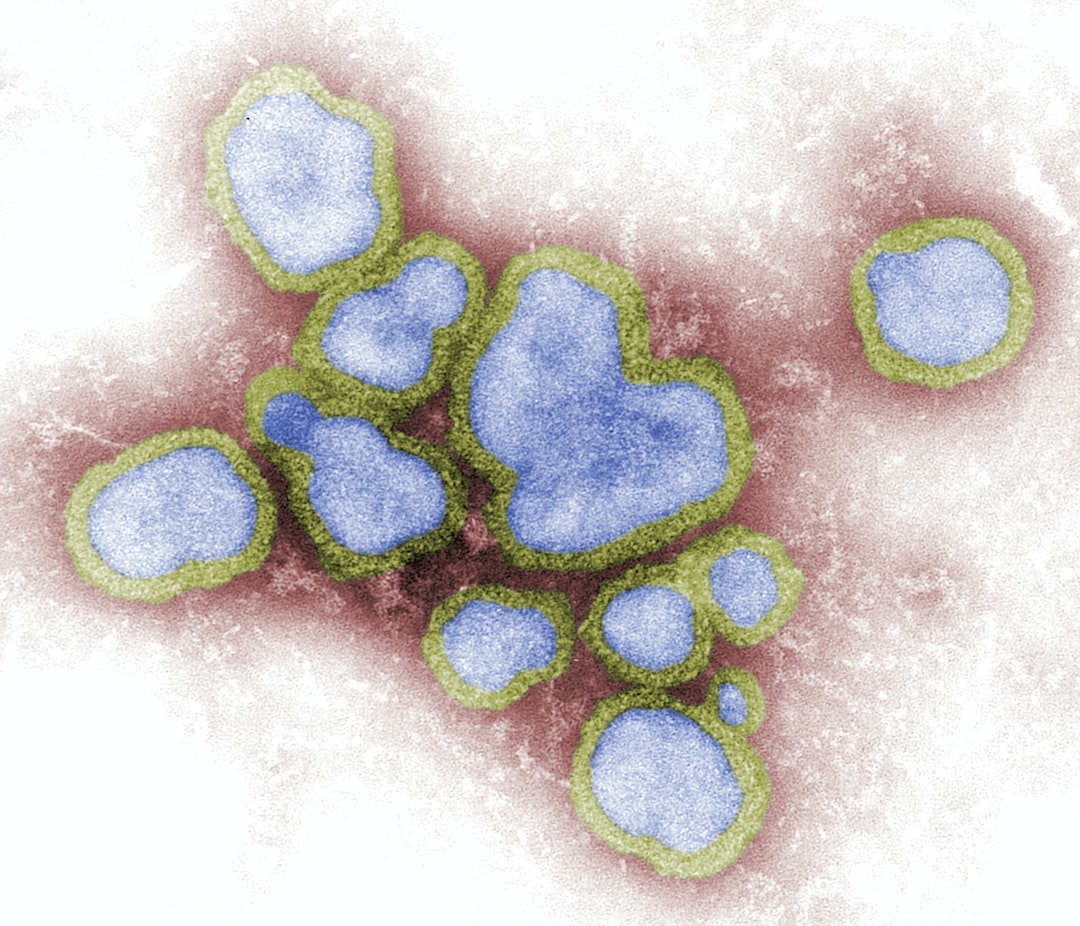What is it about?
Realistic images often contain complex variations in color, which can make economical descriptions difficult. Yet, in practice, human observers can readily simplify colored images by selecting only the most important colors. This process is similar to quantizing images by computer image processing. This study compared the efficiency of human observers in choosing representative colors against a range of computer algorithms. With 20 representational paintings from the Trecento to the Romantic era, observer choices approached about 90% of the maximum possible efficiency achievable by the algorithms.
Featured Image

Photo by Europeana on Unsplash
Why is it important?
Representing images with a few key colors reduces their complexity but also loses information. If humans are as efficient in judging important colors in the real world as found here with paintings, these simplified representations may be useful for practical tasks such as memorizing scenes and their contents and recalling them later.
Read the Original
This page is a summary of: Efficient quantization of painting images by relevant colors, Scientific Reports, February 2023, Springer Science + Business Media,
DOI: 10.1038/s41598-023-29380-8.
You can read the full text:
Contributors
The following have contributed to this page










